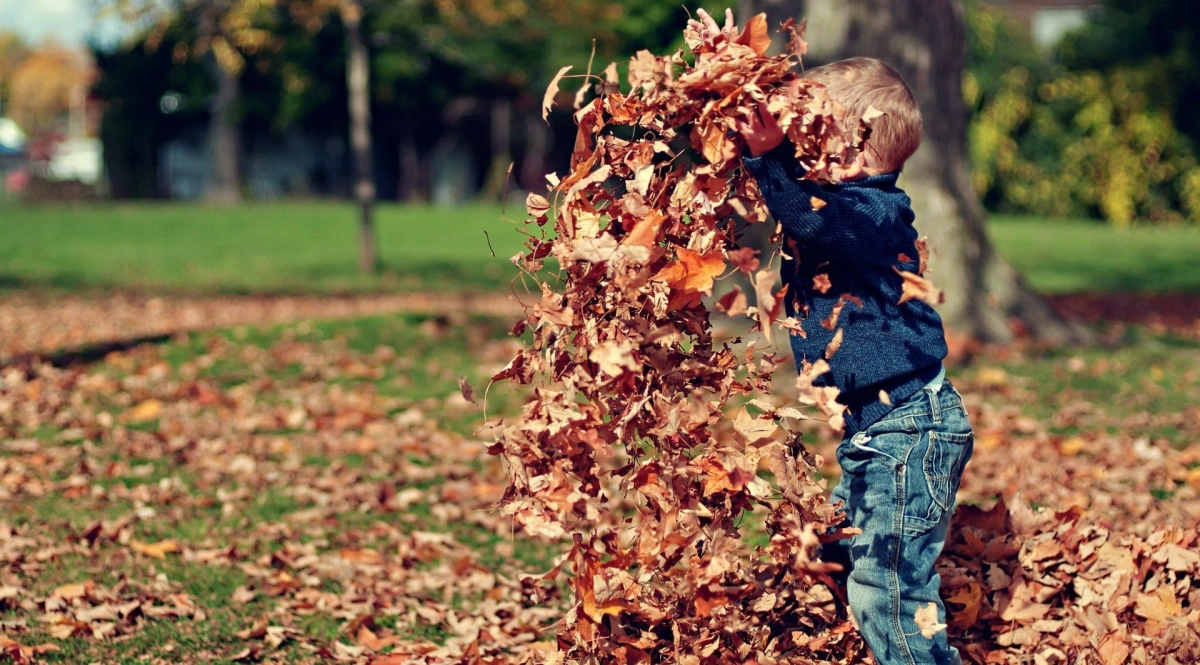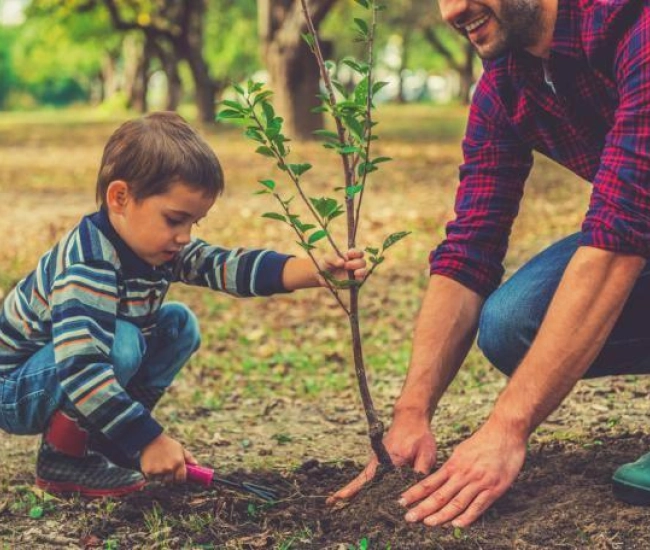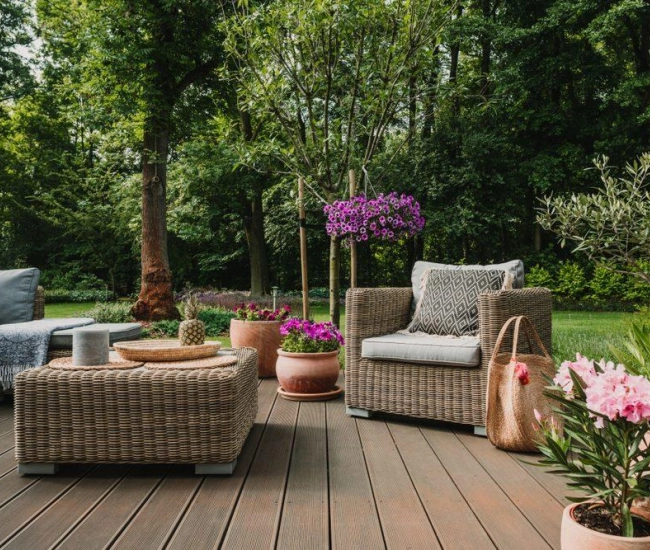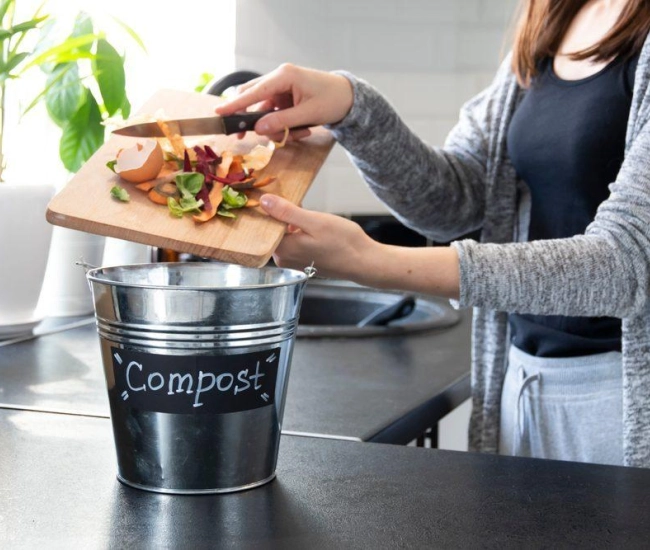
Autumn, which ignites the leaves of the trees, coloring them in golden yellow, orange, or bright red, offers us a magnificent spectacle! Each year, hundreds of people venture into nature to admire these flamboyant landscapes. What a joy it is to walk in the forest and hear the crunching of dry leaves under our feet! Unfortunately, all of this is short-lived: the dead leaves will soon cover the ground, and they will need to be dealt with before the snow arrives. So, grab your rakes for the leaf chore... or not!?
The dead leaves from trees are rich in organic matter and minerals and can be very useful in the garden. Not so long ago, leaves were collected, put into plastic bags, and then picked up by garbage trucks to be taken to landfill sites! This is verging on ecological disaster! Avoid at all costs throwing your precious leaves in the trash; there are much better things to do.
1. Nourish the lawn
As mentioned above, your leaves are a goldmine of organic matter and minerals. If you leave those that fall on your lawn whole, they will take several months to decompose and may suffocate your lawn or, at the very least, block sunlight from reaching it. Set your mower to mulch mode and run it directly over the dead leaves. Shredded into small pieces, they will decompose quickly, nourishing the soil and lawn in the process! The snow will take care of the rest: all residues will have disappeared by spring.
2. Protect the plants
Dead leaves make an excellent insulator for plant roots. Spread your dead leaves in your flower beds and at the base of your shrubs. If you leave them whole, you will likely have to pick them up in the spring. Shred them with the mower by attaching the bag or directing the discharge towards the flower beds. Almost everything will have disappeared by spring, and the nutrients will have enriched the soil.
3. Enrich your compost
If you compost at home, add your dead leaves to your compost bin or pile to enrich it.
4. Mulch the vegetable garden rows
You can use dead leaves to mulch the soil between the rows of your vegetable garden. Apply a good layer of dead leaves, 10 to 20 cm thick. In addition to reducing weed growth, it will nourish the soil as it decomposes.
5. Municipal composting
Some cities accept dead leaves in the brown bin, while others offer the option of green waste collection in biodegradable or paper bags. If you don't want to rake them up, put the bag on your mower and run it directly over the leaves. You can then empty the bag into the designated bag or bin. These green wastes will be handled by the city and will avoid landfill sites.
Otherwise, you always have the option of making a huge pile of leaves and diving into it... but keep in mind that after the fun, you'll have to start the cleanup again!
There is no valid reason to throw dead leaves in the trash, except perhaps in the case of a very sick tree whose leaves could contaminate your compost or other plants. Consult your Passion Jardins gardening advisor to ensure the health of your leaves and learn about safe disposal methods if in doubt.
Tips and advice



